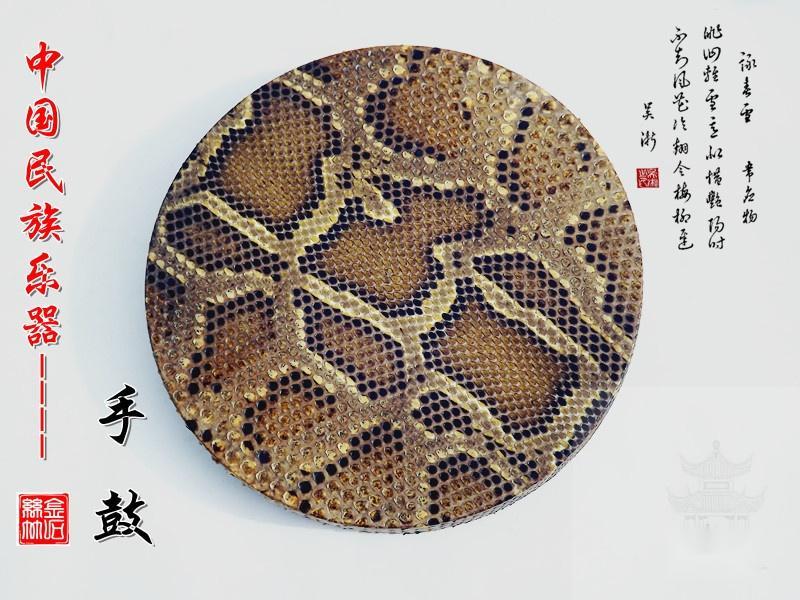Types and structure of tambourines

Among them, "Dab" is a tambourine of Uyghur, Uzbek, Tajik and other ethnic groups, popular in Xinjiang. The Uyghur language is called "Nagman Dab" or "Dab" for short. The body of the drum is flat and round or octagonal, and is covered with sheepskin or donkey skin on one side. Several small copper or iron cymbals are embedded around the frame, hence the name. 20-50 cm in diameter. It has a long history and has long appeared in Dunhuang and Northern Wei murals from the fourth to sixth centuries.
The drum body is flat and round, the drum frame is made of wood, and some are made of multi-layered slats. The diameter of the drum is 19.5 cm, and the height of the drum edge is 3.5 cm to 4 cm. The leather surface is pre-sewed on a round iron ring larger than the drum mouth. The iron ring is made of thick lead wire with a diameter of 21.5 cm. Then a rope is passed between the two iron rings, and the iron rings are tightened to make the drum skin tight. There is a short wooden handle on one side of the drum frame, the handle is 9 cm long and the handle diameter is 2.6 cm.
The tambourine has a bare surface, with red lacquer on the frame and stem. The drum is made of wood, the length of the drum is 26 cm, and the handle of the drum is slightly thicker.
 渝公网安备 50010702504639号
渝公网安备 50010702504639号